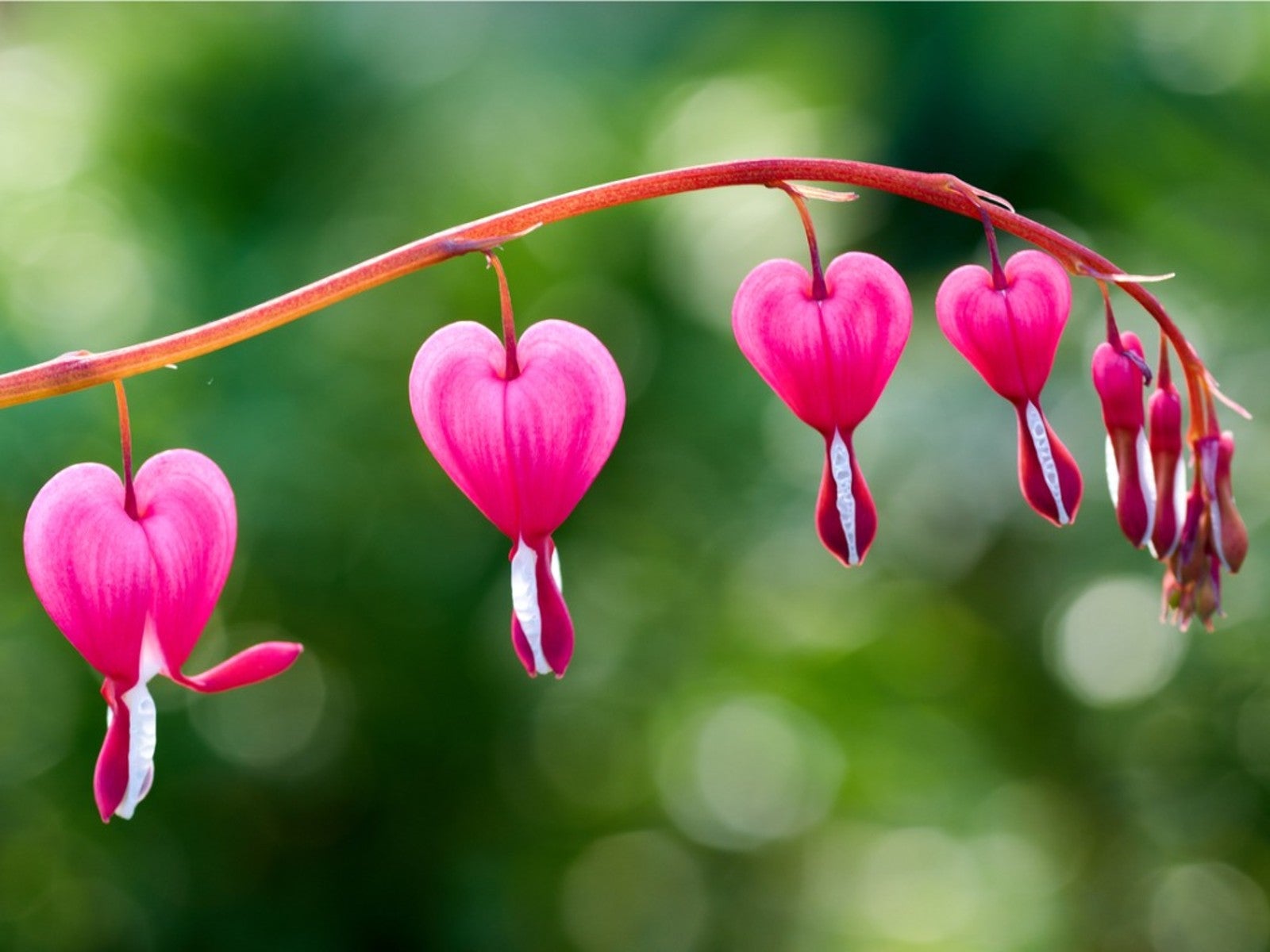Ginkgo trees (Ginkgo biloba) often called the “Maidenhair Tree” are today’s living dinosaurs of the botanical world. It is the oldest living species of tree, the sole survivor of the Ginkoaceae family. This tree is recorded in fossil records at the same time that dinosaurs roamed the earth. Ginkgo trees were once widespread in Tennessee, but were destroyed by the Ice Age. We have ancient Buddhist Monks from Tibet to thank for their preservation.
The Ginkgo is a sacred tree in both China and Japan. Writings about the Ginkgo appear in China circa 2800 B.C. The leaves were brewed to make a tea to prevent memory loss. Today the leaves are showing promise in studies concerning Alzheimer’s disease. Alternative minded doctors have published studies stating that it also helps increase blood circulation.
There isn’t a better-looking fall tree. The leaves on the entire tree turn at the same rate so that the tree has a uniform glow. The Ginkgo grows from 80 to 100 feet tall, but no more than two- thirds as wide. This makes the tree pyramidal. They have characteristic fan-shaped leaves and are bi-lobed (biloba is defined as two lobes) a duck foot shape. Leaves in the spring are a light green and will suddenly turn a pure, dazzling yellow in the autumn. Unlike my maple and oak trees, the Ginkgo drops virtually all their leaves in one day. They have an incredible ability to resist insects and disease, thus making them a fine ornamental tree.
The best time to plant a new tree is from November through March. Avoid planting if the ground is frozen or muddy. Ginkgoes are slow growing with a maximum increase of about 3 feet per year. This tree is very popular in cities today holding up beautifully in the urban environment withstanding air pollution. An established Ginkgo is drought resistant, and adjusts to a wide range of soil acidity levels. They need a sunny location with adequate drainage. Give them plenty of room to grow with a life expectancy of close to 600 years. These trees are hardy in regions that reach as low as –20 degrees.
This tree sounds too good to be true. The problem with Ginkgo trees is sex. There are male and female trees. Only the female Ginkgo has fruit. Not your usual nut or apple fruit but fruit that appears similar to an apricot. This fruit, which ripens in the fall, gives off an awful stench. The dropped fruit has a near-lethal odor reminding you of rancid butter. The fruit is also a nuisance making a slippery mess. Female trees are a constant problem during the fall months.
The way to ensure that you have a male ginkgo is to have one that was produced by asexual propagation. This would be by grafting or by a rooted cutting. Your nursery should certify that you are receiving a male tree.
My Ginkgo tree presented a fast strip tease last year, the fan shaped leaves deciding to turn a blushing blonde all in one day, only to have the rain come in two nights later forcing him to drop all fan foliage to the ground so that he quickly stood naked waiting for winter.








